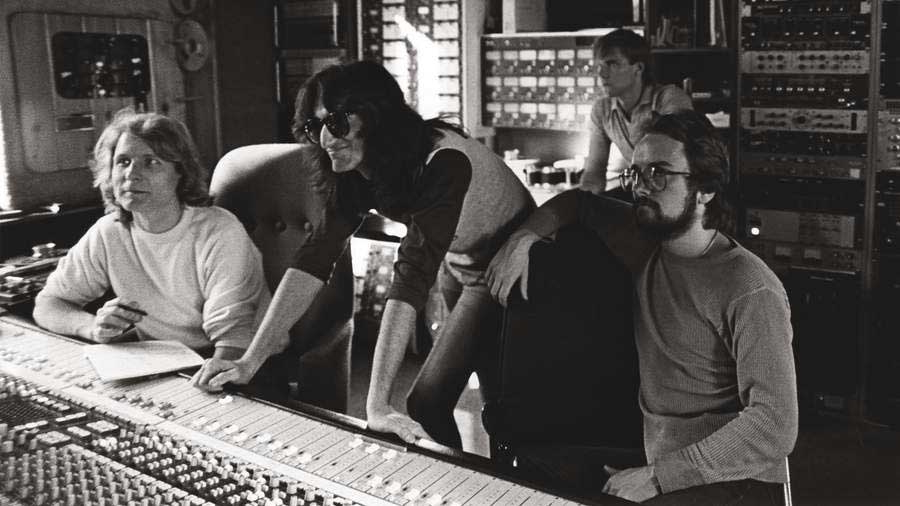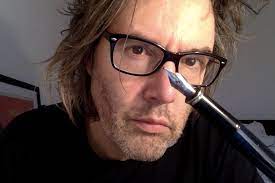For some he’s still the Rush producer – and Terry ‘Broon’ Brown was immortalised by the band in the live Broon’s Bane from their Exit… Stage Left album.
Brown was behind the glass handling co-production with the band from 1975’s Fly By Night through to 1982’s Signals. Here he recalls the months spent creating Moving Pictures.

What struck you first about the album demos? Did they feel as strong as the material on Permanent Waves?
Rush were constantly evolving, so the demos were even better and the material had a more refined edge. It was more commercial ‘fairy dust’.
Was there any hesitation about returning to Le Studio to make the record?
We were so well looked after at Le Studio while recording Permanent Waves that we couldn’t wait to return for Moving Pictures. Between a great-sounding room, on-tap cappuccinos and the best French cuisine, it really was a no-brainer.
How long did it take from the demo stage through to the final mix?
The demo stage was spread over a few weeks, and bear in mind some of the tunes were road-tested on the previous tour. We loaded into the studio at Morin-Heights in autumn/ early winter, well prepared, and spent about ten weeks recording and mixing.
Weren’t there some technical issues with the studio equipment this time around?
We did have some technical issues, but it’s to be expected when you’re pushing the latest gear to its limits. I mixed Moving Pictures to a digital format, which was groundbreaking, since the digital systems were unproven at that time. We used a Sony 1610 digital processor, which was hooked up to a three-quarter-inch video recorder. At times little glitches would appear on the playback, so we’d have to repeat the process.
Which songs started to properly reveal themselves in the studio first?
We started setting up on a cold Friday, and by the time we had finished, Neil’s kit sounded amazing. We were all set to record and cut the bed track for Tom Sawyer on the following day. If I’m not mistaken, we cut Limelight and Red Barchetta next.
And which tracks were more difficult to capture?
If my memory serves me correctly, The Camera Eye and Witch Hunt were a little more difficult to nail down, in as much as they were moodier pieces and required different sensibilities. Witch Hunt, especially, was more of a studio production. This tune had many overdubs – not least of all the multi-tracked ‘mob’ at the beginning of the tune, who were recorded outside on the lawns overlooking the lake. The band were evolving, even on from Permanent Waves.
Did they bring anything into the studio that surprised you?
The band always surprised me to a certain degree – when they came into the studio for Moving Pictures, they were pushing themselves beyond their comfort zone. I think most noticeably on YYZ, which bounds with energy and finesse right out of the gate.
Overall was it a happy album to work on?
Moving Pictures was a great album to make. The band was full of enthusiasm, the crew kept the gear humming and Le Studio was a very creative environment. I still love it. It stands up pretty well for a forty-year-old.

